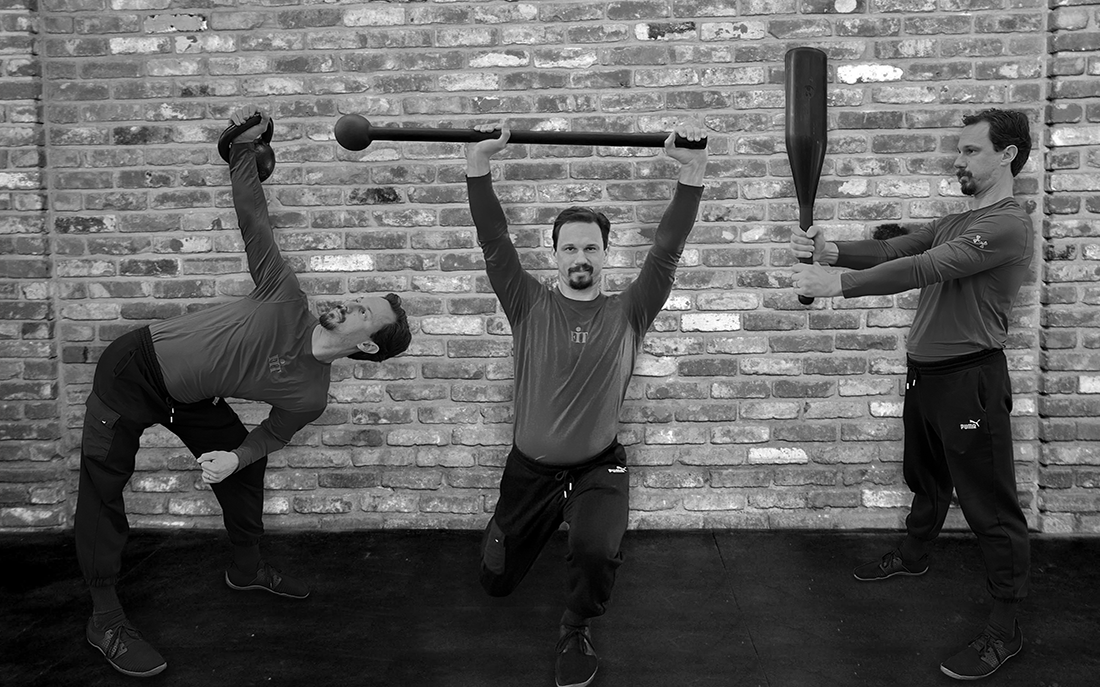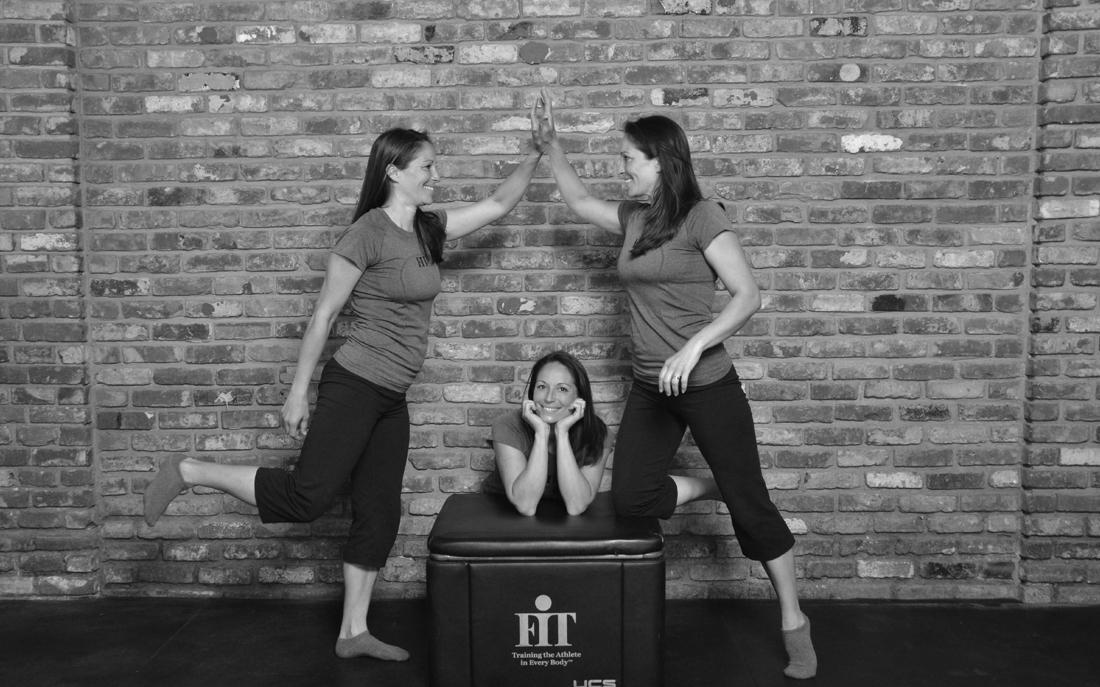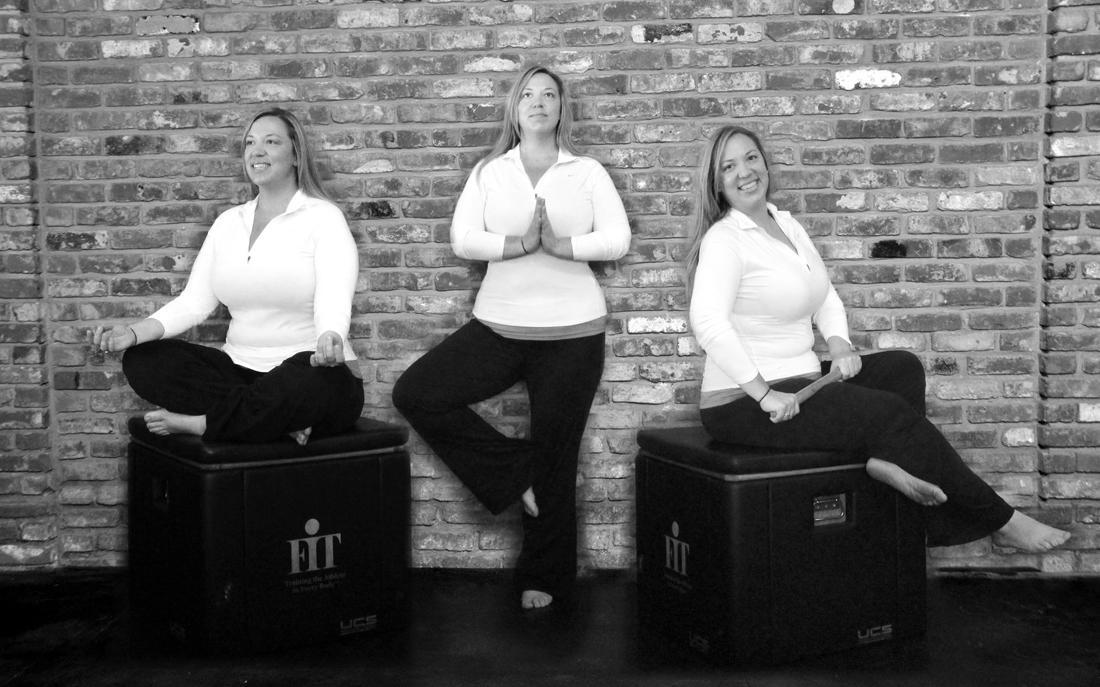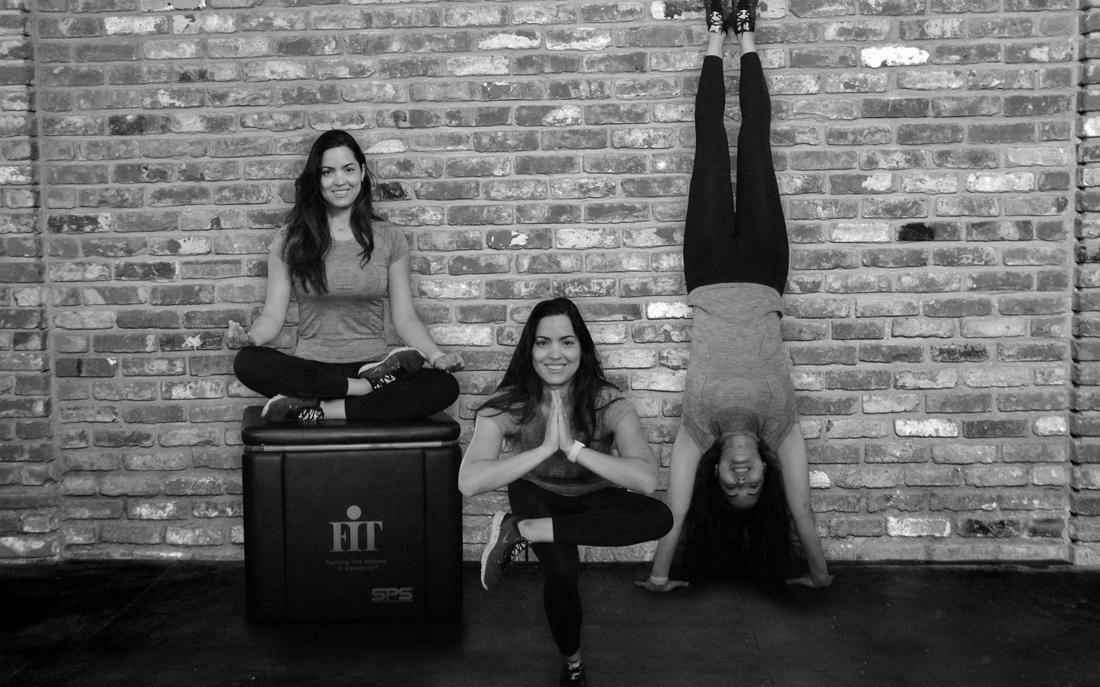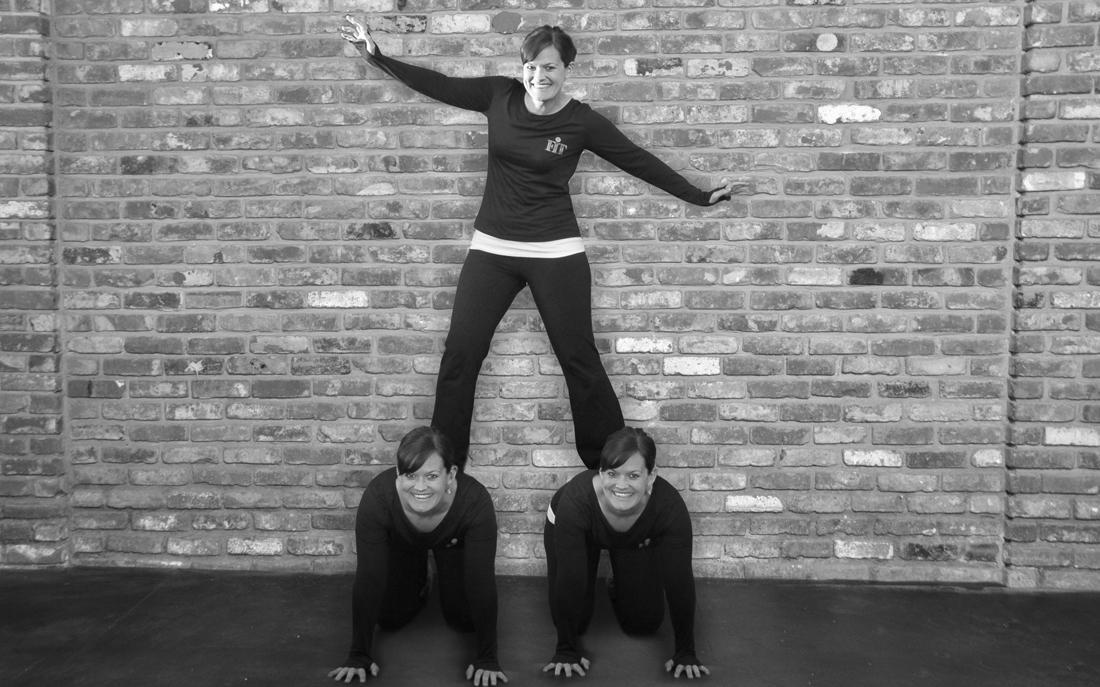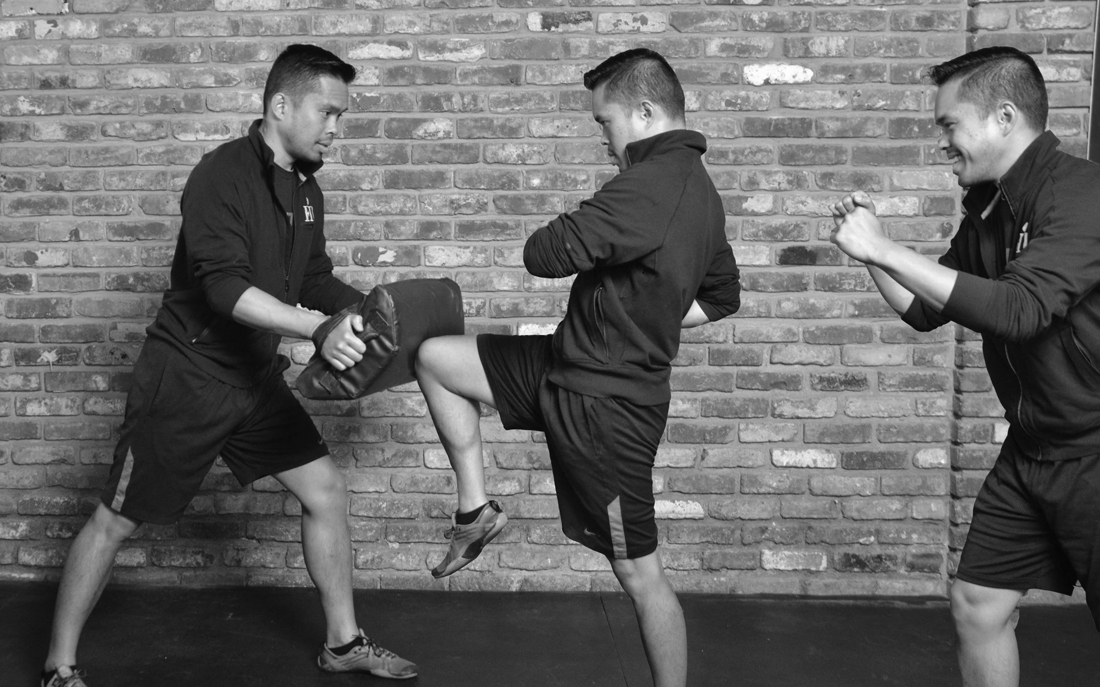We have all heard the adage, ‘Failing to plan is planning to fail.’ When thinking about improving or changing eating habits, many look to a predefined diet that provides for such a plan, however, the best plan for shifts in behavior need take into consideration all elements of your lifestyle. Plans to change how you approach eating or nutrition, need to be minimally disruptive in order to be sustainable. In place of researching ‘diets’, consider approaching a change to eating habits by developing an eating strategy that fits for you.
Why focus on a strategy instead of a diet? Simply, a strategy can be applied to any situation or circumstance while a diet can be dogmatic. An eating strategy is flexible and individual, where a diet is restrictive and can be unrealistic in terms of sustainability. An eating strategy reflects your emotional and cultural connection with food and your reality in terms of food choice (who cooks, who shops, nutritional needs and preferences of others in your household). It’s the difference between being intentional about when, why, and what you eat versus following a somewhat arbitrary set of rules that may or may not prioritize long term health and sustainability over short term goals. A diet promotes a mindset of cheating rather than choosing. When we choose to diet, we can lose connection to how food makes us feel and how it’s affecting our productivity. The hope of future results outweighs what we believe will be short term discomfort or sacrifice.
4 Steps to Creating a Realistic and Sustainable Strategy
1. Assess
When making lifestyle changes the first priority is to listen to your body by paying attention to what, why, when, and how you eat. Look for the proverbial low hanging fruit, the choice that, if changed, would be minimally disruptive while still leading in a healthier direction. An example might be a glass of water before every meal or setting an alcohol curfew. Taking the time to evaluate not only what you choose to eat but also what influences those decisions is helpful in determining the strategies that can be successfully implemented.
When developing an eating strategy , ask yourself these 4 things:
- What would be different in my life if I successfully adopt this strategy?
- Would this work for me and my family?
- Would I enjoy and be satisfied eating this way?
- Is it a “quick fix,” or something I can do for the duration?
2. Experiment
There is no ‘one size fits all’ when it comes to eating strategy which makes developing a strategy that works for you a process of trial and error, an experiment if you will. Different from a crash diet or a ‘dry January’ where the expectation is a finite amount of time, experimenting with behavior change involves learning about what works for you and your health so you can continue doing it for an unlimited amount of time.
3. Analyze
As you begin making subtle shifts, listen to your body and look for signs of progress that align with your goals as well as what is not working well. You might notice:
Positive Signs
- Sustained energy throughout day
- Better digestion, less bloating
- Increased performance & productivity
- Better mood
- Sleeping well and recovering optimally
Negative Signs
- Not feeling satisfied in terms of being full or feeling energy
- Discomfort like bloating, cramping or gas
- Feeling stressed, unhappy, angry, or depressed?
4. Adjust
It’s important to celebrate the wins, build on the successes and make adjustments when some or all of the experiment isn’t working as you hoped. Change is hard and often not a linear path. Giving yourself permission to make adjustments to your strategy helps ensure you continue to progress. Too often
If at the end of this adjustment you don’t feel that you’ve made progress or feel that it aligns with your needs, you can always make changes that are ideal for you. These changes will require trial and error but in order to find what works best, you’ll need to check in and figure out what feels like a lifelong habit change.
Overcoming Challenges
We understand this is easier said than done and even the best laid plans can get disrupted. So what can we do when things are out of our control? Focus on the things within your control rather than fretting over things that are not.
Have a good mindset and don’t let perfection get in the way of progress. You are not always going to make the best choices or the best choices may not always be available so doing the best you can as often as you can is good enough. When in doubt, go back to basics by prioritizing vegetables, chewing food more slowly, practicing portion control, and staying hydrated. Give yourself permission to indulge from time to time rather than scolding yourself for having been ‘bad’ or for ‘cheating’. Finding a balance where you can enjoy food, treats and social time within a strategy that continues to move you in a positive direction is the holy grail.






